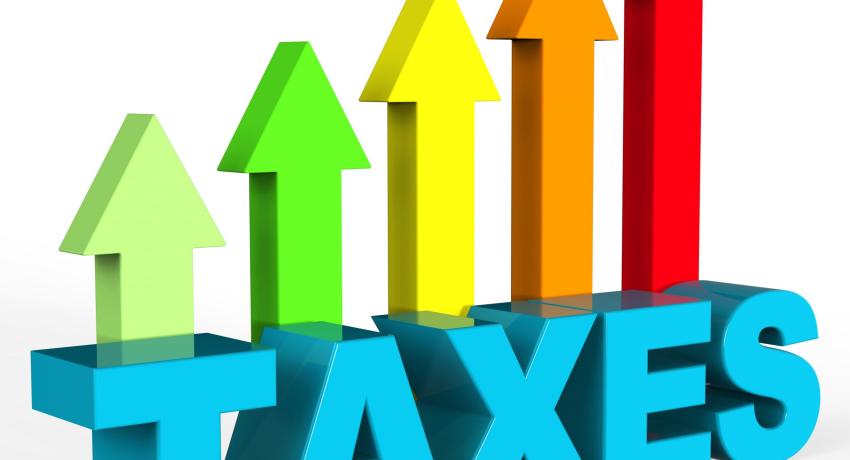Who will pay the debt
By Dale Jackson, Personal Finance Columnist, Payback Time, Bloomberg
Retirement investors should pay close attention to the coming federal election campaign.
Governments give and governments take, and after a COVID-19 spending spree estimated at more than $200 billion so far, a revenue-hungry government of any stripe may well size up the tax perks in your retirement nest-egg.
“Perk” implies an advantage, but the basic tax tools that give retail investors a fighting chance at a secure retirement could be ripe for the picking. Here’s are four to keep an eye on, and perhaps ask your wannabe member of Parliament about when they come asking for your vote.
Will the “tax-free” in TFSA hold?
The tax-free savings account was introduced by Stephen Harper’s Conservative government as a way to restore faith in the capital markets in the wake of the 2008 global financial meltdown.
As the name implies, investment gains on the money you contribute over time are never taxed (aside from U.S. dividends), making it the ideal source for tax-free income in retirement.
Each year, the total allowable contribution space has been expanded. In 2021, another $6,000 was added. For anyone who was 18 years or older in 2009, the cumulative contribution limit is currently $75,500.
How much allowable space will be added in future years is up to the government in power. It grew from $5,000 in 2009 to $10,000 in 2015. The governing Conservatives were set for a $10,500 inflation-adjusted limit in 2016 until the Liberals came to power and rolled it back to $5,500.
There can be no certainty about contribution-limit expansions down the line. Future governments also have the power to impose a tax on investment gains if they reach a certain threshold - or any reason, for that matter.
Could RRSP withdrawal tax rates be increased?
The Registered Retirement Savings Plan has become a staple for retirement investing since its introduction by the Liberal government of Louis St. Laurent in 1957. Canadians love it because contributions can be deducted in years when our income is taxed at a high marginal rate, grow tax-free in investments for decades, and withdrawn when they are taxed at a low marginal rate (ideally, in retirement).
The RRSP has become a sacred cow and it would be political suicide for any government to mess with it, but its effectiveness can be watered down if marginal tax rates are increased at the lower level.
Could the capital gains tax be increased on non-registered investments?
A capital gains tax on investment gains outside a registered account (such as a TFSA or RRSP) was first imposed by a Liberal government in 1971. At the time, the inclusion rate, or portion subject to taxation, was 50 per cent. In 1988, the Conservatives raised the inclusion rate to 66.67 per cent, and boosted it again to 75 per cent in 1990. Eventually, a Liberal government brought it back down to 50 per cent, where it remains today.
Many retirement investors who have maxed out their TFSA limits or face high marginal tax rates from RRSP withdrawals rely on non-registered capital gains for income. Higher inclusion rates could put a serious crimp on that income in retirement.
There has been talk of lowering the portion of capital gains that remain tax-free or adjusting the lifetime capital gains tax-free threshold, but it’s just talk for now.
Is the principal residence exemption vulnerable for homeowners?
Canadians are currently not required to pay any tax on the capital gains generated from the sale of their principal residence.
Considering how many Canadians have their retirement savings wrapped up in the skyrocketing values of their homes, messing with the principal residence exemption would also be political suicide for any party.
It does, however, represent billions of dollars in untapped revenue that could be tempting for any government in power.
